So lets have a look at Richard Holmes& #39; Goodwood ep of #WarWalks, broadcast back in 1996. A heady time as the war really shifted into popular memory with the landmark 50th Anniversary commemorative events in 1994 and 1995.
I was but a wee sprog. /1
#WW2 #SWW #History #Normandy
I was but a wee sprog. /1
#WW2 #SWW #History #Normandy
Before watching, it& #39;s important to bear in mind that our perspectives on this op shifted radically in the mid-2000s thanks to a wealth of groundbreaking forensic publications by Ian Daglish etc.
Until this point, feedback looped battlefield tours, classroom study dominated. /2
Until this point, feedback looped battlefield tours, classroom study dominated. /2
A lot of this stemmed from the weighty, disproportionate and deeply flawed emphasis placed on postwar study of Goodwood by the post-war Army and NATO. So we could defeat zee Russians, but this is context for viewing. Holmes was very much of the relevant establishment. /3
Opening to Miller& #39;s In the Mood...
A tune I can& #39;t stand due to horribly warbly overhyped 40s singers and distorted gaffa-taped speakers blasting such tracks out when I used to reenact.
I swear to god it brings me out in hives. /4
A tune I can& #39;t stand due to horribly warbly overhyped 40s singers and distorted gaffa-taped speakers blasting such tracks out when I used to reenact.
I swear to god it brings me out in hives. /4
Some great, correct in-theatre footage of the "great cavalry charge that would shatter the Germans and win the battle for Normandy".
Due to the modern IWM& #39;s excessive and deeply damaging film fees you will not see it& #39;s like again. /5
Due to the modern IWM& #39;s excessive and deeply damaging film fees you will not see it& #39;s like again. /5
Highlights the role of Mulberry in sustaining inland campaign. Mentions both but doesn& #39;t mention Great Storm/loss of Mulberry A.
Small point. /7
Small point. /7
"But they were going nowhere, landing in Normandy had been relatively easy. Breaking out into France beyond it was to prove infinitely more difficult."
Aptly put.
Inland is where shit gets interesting, and where the battle is ultimately won. /8
Aptly put.
Inland is where shit gets interesting, and where the battle is ultimately won. /8
Points to slow inland advance and exploit advantage.
Very, very debatable - but this is from 1996.
Problem of bocage. /9
Very, very debatable - but this is from 1996.
Problem of bocage. /9
Allies have more tanks but "were of limited use in the labyrinth of the bocage".
So Panzerfaust. In reality, there were not as many as is often stated and were much earlier models - usually useless at more than 60m. Overstates prevalence. /10
So Panzerfaust. In reality, there were not as many as is often stated and were much earlier models - usually useless at more than 60m. Overstates prevalence. /10
Inability to employ armoured advantage sees use of infantry: suffering heavy cass.
A month after 6 June, "Still stuckfast a few miles from the sea."
Casualties see shift to "high explosive and armour plate to bear the brunt, the British Army was simply running out of men." /11
A month after 6 June, "Still stuckfast a few miles from the sea."
Casualties see shift to "high explosive and armour plate to bear the brunt, the British Army was simply running out of men." /11
The manpower crisis was integral, but 21 AG were aware of this well before the campaign, defining British approach in theatre. As were concerns of heavy cas like in the Great War.
Look at airpower and "absolute command of the skies". /12
Look at airpower and "absolute command of the skies". /12
This wasn& #39;t quite the case, especially at night.
But again - more recent study.
Capture of Caen, use of heavies broadly ineffective against Germans. Yup.
Huge morale effect mind.
Discussion of cost to civilians. /13
But again - more recent study.
Capture of Caen, use of heavies broadly ineffective against Germans. Yup.
Huge morale effect mind.
Discussion of cost to civilians. /13
These are pretty progressive points to make for 1996, taking about two minutes of a 29 minute documentary.
7 July bombing fails to yield result. /14
7 July bombing fails to yield result. /14
"The need to achieve the illusive breakout was becoming an increasing problem for the Allied ground forces commander, Sir Bernard Montgomery.... it was typical of the spartan Monty to live not in the chateau itself but in a caravan in the garden."
Great profile. /15
Great profile. /15
Highlights slow progress of Bradley& #39;s Americans and Dempseys Anglo-Canadians, need for decision.
Monty wants "a real showdown and to unleash three armoured divisions into the open country south east of Caen." /16
Monty wants "a real showdown and to unleash three armoured divisions into the open country south east of Caen." /16
"We can& #39;t be sure whether he really expected to break through or simply to attract German armour so the Americans could stage an attack of their own called Cobra, in any event his was the genesis of Operation Goodwood." /17
There is a lot I can write on this point which has emerged in the last few years, & from a lot of archival work by myself and others.
Holmes saw Goodwood as an exceptional singular event, not part of a wider series of mega-hammerblows launched by Second Army. /18
Holmes saw Goodwood as an exceptional singular event, not part of a wider series of mega-hammerblows launched by Second Army. /18
Goodwood is part of a failed double envelopment which effectively saw the entirety of Second Army committed to the elimination of Panzergruppe West.
Such a savage, if optimistic, kerbstomp was to be swiftly followed by Operation Cobra. /19
Such a savage, if optimistic, kerbstomp was to be swiftly followed by Operation Cobra. /19
Of course Cobra was subject to a massive, repeated series of delays which were not always clearly conveyed to Monty or Dempsey by Bradley.
Holmes also overlooks Dempsey& #39;s push for GW and how strategy really rests around the problem of Hill 112, defining much of July. /20
Holmes also overlooks Dempsey& #39;s push for GW and how strategy really rests around the problem of Hill 112, defining much of July. /20
When approached in isolation, as the Army was repeatedly doing to Normandy ops postwar - well yes Holmes& #39; argument makes perfect sense.
Such views are popular but the context renders this stance completely at complete odds with the historical record. /21
Such views are popular but the context renders this stance completely at complete odds with the historical record. /21
A look at Sherman.
Of course this type wasn& #39;t employed in Normandy, and the 76mm armed M4A1s don& #39;t see action until Cobra.
No British formation uses 76mm armed Shermans in Normandy.
None.
But again, 1996. /22
Of course this type wasn& #39;t employed in Normandy, and the 76mm armed M4A1s don& #39;t see action until Cobra.
No British formation uses 76mm armed Shermans in Normandy.
None.
But again, 1996. /22
Holmes and Tout crossover.
Tout refers to it as a 75mm but OFC this is a 76mm Sherman.
Tout& #39;s recollections are a delight, "The five of us were a family almost living within touch of each other." /23
Tout refers to it as a 75mm but OFC this is a 76mm Sherman.
Tout& #39;s recollections are a delight, "The five of us were a family almost living within touch of each other." /23
What did the inside smell like,"the stench of the cordite as the tank gun opened up.. the inevitable sweat of fear and unwashed bodies... the difficulty of natural functions... you& #39;d take an empty ammunition tin and you& #39;d discreetly do a little bit of peeing in the corner..." /24
"all that together, that and worse things, not unknown to vomit with fear. And this after say 24 hours in this small space accumulated a smell which was undescribable and was only equable to the smell outside of literally thousands of dead cattle unburied..." /25
"and many human bodies... which pervaded the atmosphere all the way from the beaches upwards."
Tout is brutally honest and uncompromising.
These smells characterised the Normandy campaign for the majority of combatants in the British sector. /26
Tout is brutally honest and uncompromising.
These smells characterised the Normandy campaign for the majority of combatants in the British sector. /26
"It was good tank country."
It was thought to be so.
OFC good tank country transpired to be anything but. Not least as the Germans could enjoy benefits of firepower and armoured protection that were rendered completely moot elsewhere in Normandy. /27
It was thought to be so.
OFC good tank country transpired to be anything but. Not least as the Germans could enjoy benefits of firepower and armoured protection that were rendered completely moot elsewhere in Normandy. /27
Aerial bombardment to smash enemy lines then race armour through.
Quotes Dempsey& #39;s optimism of breakout vs Monty& #39;s reticence, "It& #39;s more than possible that the Huns will break."
Mhmm... but again, consider this as part of the wider ops from 15 July. /28
Quotes Dempsey& #39;s optimism of breakout vs Monty& #39;s reticence, "It& #39;s more than possible that the Huns will break."
Mhmm... but again, consider this as part of the wider ops from 15 July. /28
The context shifts markedly to the breakdown and collapse of Panzergruppe West, not of a breakout itself.
As highlighted by Dempsey& #39;s activities before and during Goodwood...
TLDR: same quote but with context, two radically different outcomes. /29
As highlighted by Dempsey& #39;s activities before and during Goodwood...
TLDR: same quote but with context, two radically different outcomes. /29
German defence anchored around key fortress villages.
In come the heavies.
"Centuries of history obliterated in a morning."
Highlights destruction and subsequent rebuilding of villages.
Once more notes civilian cost of such an approach. /30
In come the heavies.
"Centuries of history obliterated in a morning."
Highlights destruction and subsequent rebuilding of villages.
Once more notes civilian cost of such an approach. /30
Of course such employment of heavies was designed to achieve total destruction of defences in just hours. An approach that would have taken weeks to achieve with even 21st Army Group& #39;s modern kit at exhaustive cost in materiel.
Shock and awe. /31
Shock and awe. /31
Defenders disorientated and driven mad, but much armour is caught up.
Need for speed but....
Problem of observation from Colombelles.
Overlooks narrow nature of Airborne bridgehead further constricting armoured employment.
Unmarked minefield havoc. /32
Need for speed but....
Problem of observation from Colombelles.
Overlooks narrow nature of Airborne bridgehead further constricting armoured employment.
Unmarked minefield havoc. /32
We& #39;ll overlook the comments on Sherman armament/German tanks, propensity to explode "as soon as it was hit" etc.
1996, height of revisionism.
Footage is also of an M10 17 Pdr... /33
1996, height of revisionism.
Footage is also of an M10 17 Pdr... /33
Tout, "You were a featherweight going up against Mike Tyson, and it was a horrifying thought that there was a Tiger tank that could knock you out at a mile and a half distance." /34
"The Allies expected to lose at least five Shermans for every Tiger they managed to destroy. It was a dreadful rate of exchange but the Allies could afford it much better than the Germans."
*Happy Place*
*1996*
*Happy Place* /35
*Happy Place*
*1996*
*Happy Place* /35
So first off, none of those AFVs are Tigers.
Second off that stat is complete and utter... /36
Second off that stat is complete and utter... /36
Completely discredited revisionist nonsense seemingly based that an American tank platoon was five tanks so the smallest tactical unit to be employed against armour, or something.
Utter crap but a trope for about three decades. /37
Utter crap but a trope for about three decades. /37
We reach Cagny and Hans von Luck appears.
And the 88mm story emerges where our protag, von Luck, saves the day and threatens to shoot the officious Luftwaffe officer refusing to engage British tanks.
It is so fucking cool.
Its so discredited as bollocks. /38
And the 88mm story emerges where our protag, von Luck, saves the day and threatens to shoot the officious Luftwaffe officer refusing to engage British tanks.
It is so fucking cool.
Its so discredited as bollocks. /38
Daglish obliterated von Luck& #39;s tale in the mid 2000s.
Von Luck& #39;s bullshit mega adventure is one of the coolest Normandy tropes but didn& #39;t, errr, really happen at all. He used tales of heroics to up sell his services as a guide and speaker postwar, becoming a posterboy. /39
Von Luck& #39;s bullshit mega adventure is one of the coolest Normandy tropes but didn& #39;t, errr, really happen at all. He used tales of heroics to up sell his services as a guide and speaker postwar, becoming a posterboy. /39
Repeated mournful music of German guns firing and British tanks (Stuarts and Churchills to confuse things) exploding, steadily zooming in.
The same shots.
Repeated.
Zoomed.
Instameme.
Serving only to entrench vol Luck& #39;s fabrication. /40
The same shots.
Repeated.
Zoomed.
Instameme.
Serving only to entrench vol Luck& #39;s fabrication. /40
Heavy focus on 88s.
Not the dominant 75mm.
The myth continues.
This is another popular trope in of itself, highlighting how carefully we need to contextualise this documentary.
In total more time is given to von Luck& #39;s nonsense than civilians.*
*To be expected but eugh./41
Not the dominant 75mm.
The myth continues.
This is another popular trope in of itself, highlighting how carefully we need to contextualise this documentary.
In total more time is given to von Luck& #39;s nonsense than civilians.*
*To be expected but eugh./41
"If the bombing had at first anaesthetised the Germans had no worn off the defenders of the villages ahead were now ready for the British attack."
Look as Germans race 1st SS-Panzer to counter. /42
Look as Germans race 1st SS-Panzer to counter. /42
Similar/same stock footage crops up, mostly of 88mm anti-tank guns.
This docu has been repeated a lot over the years and such imagery does ingrain into popular memory. /43
This docu has been repeated a lot over the years and such imagery does ingrain into popular memory. /43
Images of destroyed German tanks does confuse a bit when the argument is about heavy British armoured losses.
23 Hussars come up to see "thick pillars" of smoke. Yup.
But we also don& #39;t discuss how we can& #39;t get inf forward due to embankments/terrain and other difficulties. /44
23 Hussars come up to see "thick pillars" of smoke. Yup.
But we also don& #39;t discuss how we can& #39;t get inf forward due to embankments/terrain and other difficulties. /44
As we come to the end of 18 July, the programme has not mentioned infantry - nor problems of artillery - once, nor German losses.
Then cuts to nice dusky footage of a Churchill VI, which is completely unrelated.
This is a *very* tank heavy push by Holmes. /45
Then cuts to nice dusky footage of a Churchill VI, which is completely unrelated.
This is a *very* tank heavy push by Holmes. /45
Yes he has half an hour, but... to not mention infantry/artillery/megatraffic jams in a few lines (and dedicate so much to HvL for example) really serves to show that this War Walk has a very exposed belly.
Total advance of seven miles, leaving Monty "in hot water"./46
Total advance of seven miles, leaving Monty "in hot water"./46
Quotes McKee, "The death ride of the armoured divisions."
"The Allies lost nearly 400 tanks and nearly 6,000 men, the battle was more of a bloodbath than a breakthrough. The best we can say of it is that it bought the Allies one step closer to liberating Normandy." /47
"The Allies lost nearly 400 tanks and nearly 6,000 men, the battle was more of a bloodbath than a breakthrough. The best we can say of it is that it bought the Allies one step closer to liberating Normandy." /47
*Happy Place*
*1996*
*Happy Place* /48
*1996*
*Happy Place* /48
We& #39;ll revisit that point at the end.
For those who& #39;ve made it this far, Stephen Napier& #39;s forensic study of Goodwood losses is the best around and everything by Daglish is a must read. /49
For those who& #39;ve made it this far, Stephen Napier& #39;s forensic study of Goodwood losses is the best around and everything by Daglish is a must read. /49
Less than a week after Goodwood comes Cobra, then Falaise.
"By the end of August the struggle for Normandy was over... yet we may hope that it marks the end of a barbarous dynsaty of battles that had rules Western Europe for five centuries since [Azincourt]." /50
"By the end of August the struggle for Normandy was over... yet we may hope that it marks the end of a barbarous dynsaty of battles that had rules Western Europe for five centuries since [Azincourt]." /50
Goodwood has a complex legacy, but the 6k figure itself deserves proper examination.
Not once in the docu does Holmes discuss German losses in GW bar the initial capture/collapse. Much of this material would emerge in the 2000s, Daglish et al. /51
Not once in the docu does Holmes discuss German losses in GW bar the initial capture/collapse. Much of this material would emerge in the 2000s, Daglish et al. /51
In retrospect this creates a confused anachronism, that again, is fine for 1996, but now horribly dated and in some places - flat out wrong.
The number of topics not explored is massive, nor events leading to Falaise - which yes is out of the scope a bit, but... /52
The number of topics not explored is massive, nor events leading to Falaise - which yes is out of the scope a bit, but... /52
goes to highlight how the Army& #39;s postwar study of the campaign in neat episodic operational bites really warped our understanding.
Holmes is very much a figure of this establishment, that he ultimately gets it so wrong here is a damning institutional indictment. /53
Holmes is very much a figure of this establishment, that he ultimately gets it so wrong here is a damning institutional indictment. /53
It is still a serious problem.
But, things are steadily improving - and this owes much to the rejection of the 1980s - 2000s revisionist movement.
Ultimately this ep is a useful time capsule for future historians, if very dated as an introduction to Goodwood. /thread
But, things are steadily improving - and this owes much to the rejection of the 1980s - 2000s revisionist movement.
Ultimately this ep is a useful time capsule for future historians, if very dated as an introduction to Goodwood. /thread

 Read on Twitter
Read on Twitter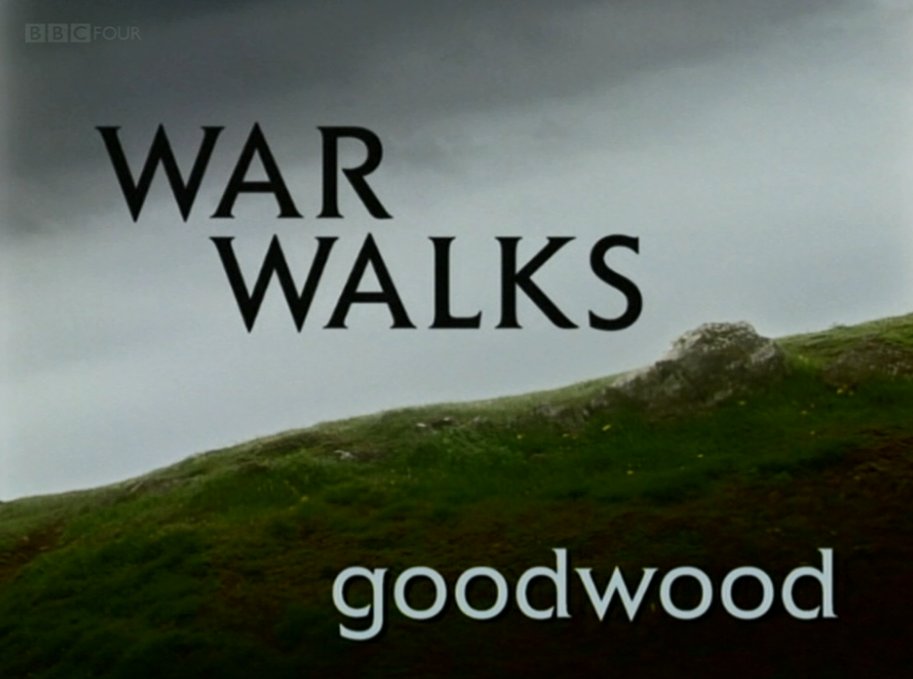
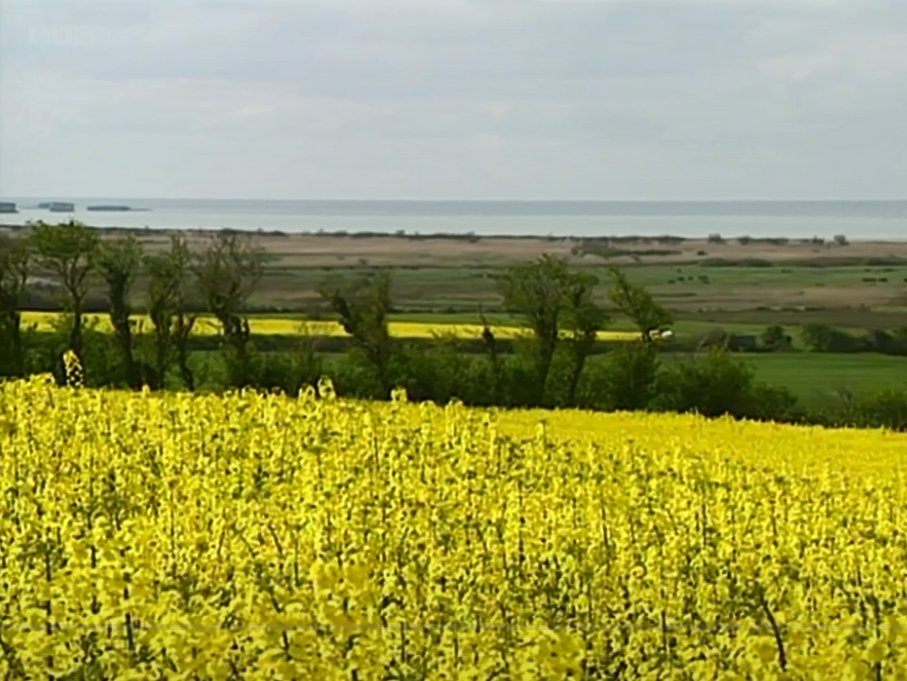
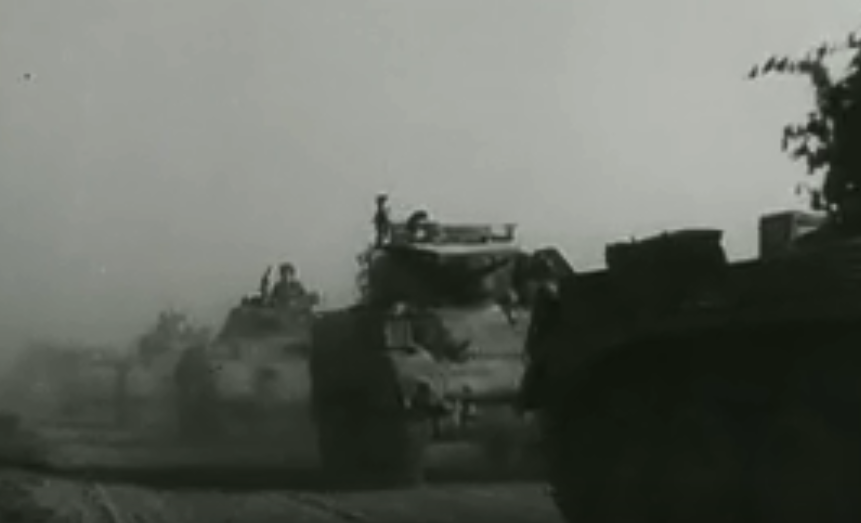



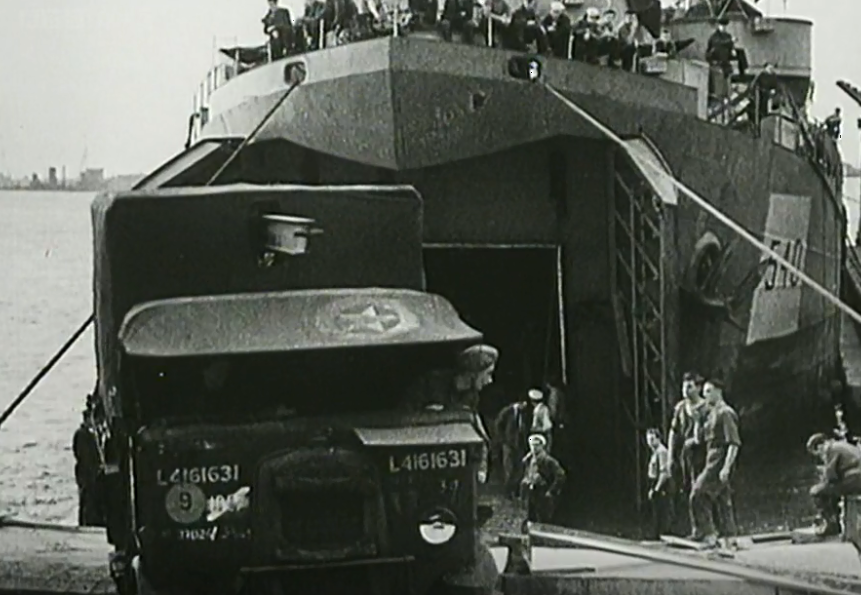
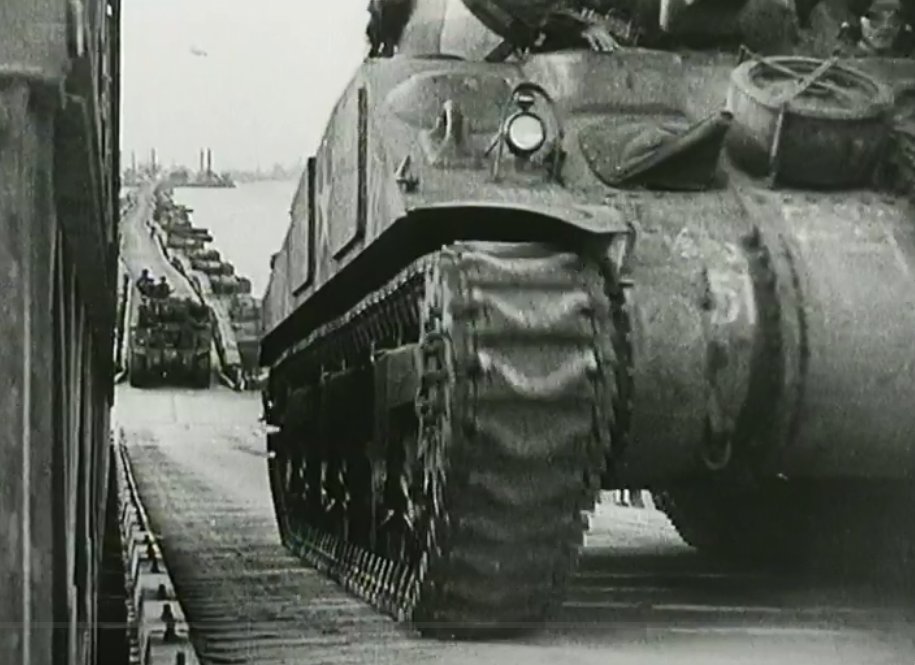
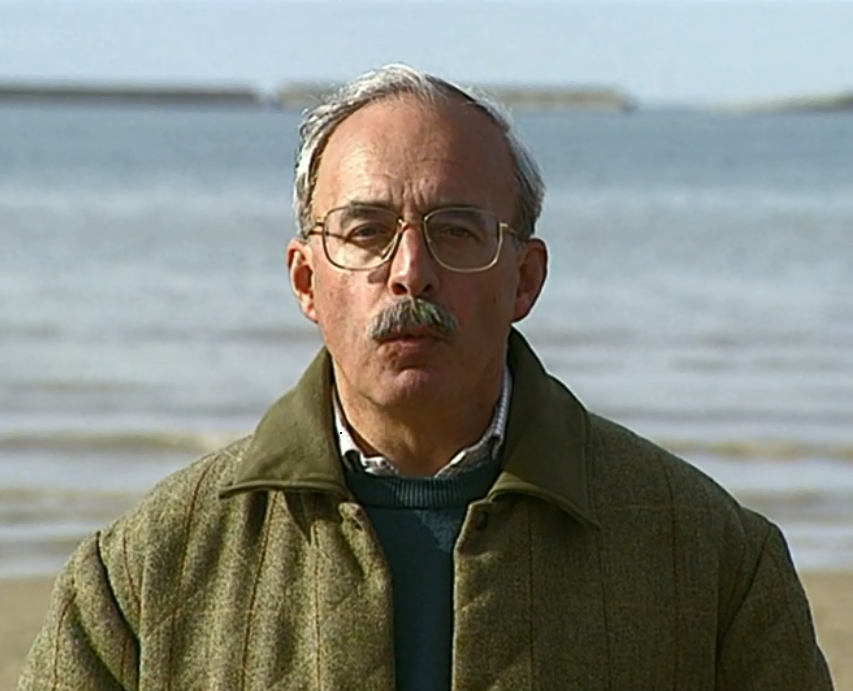
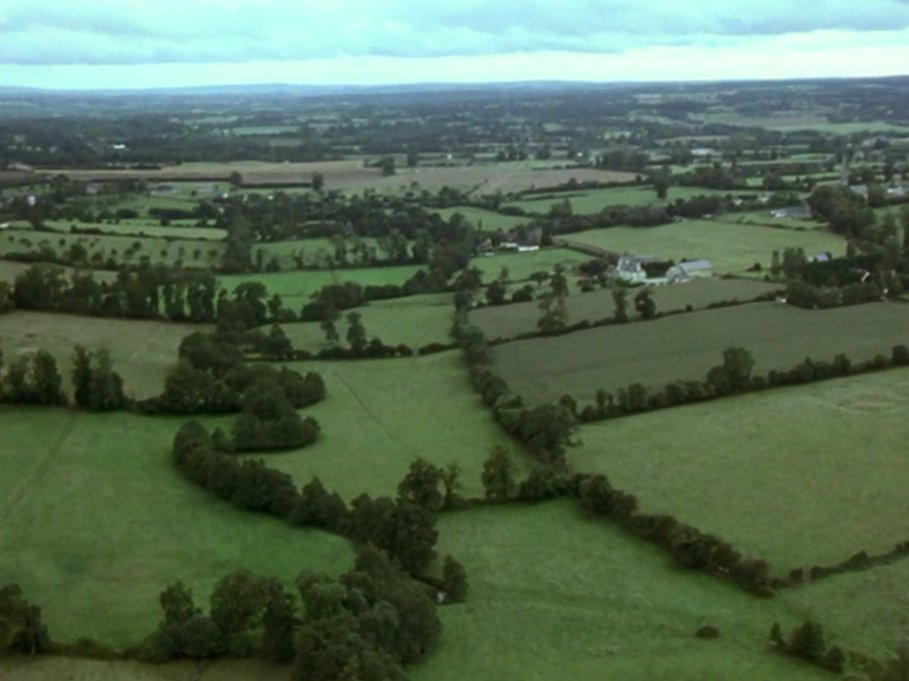

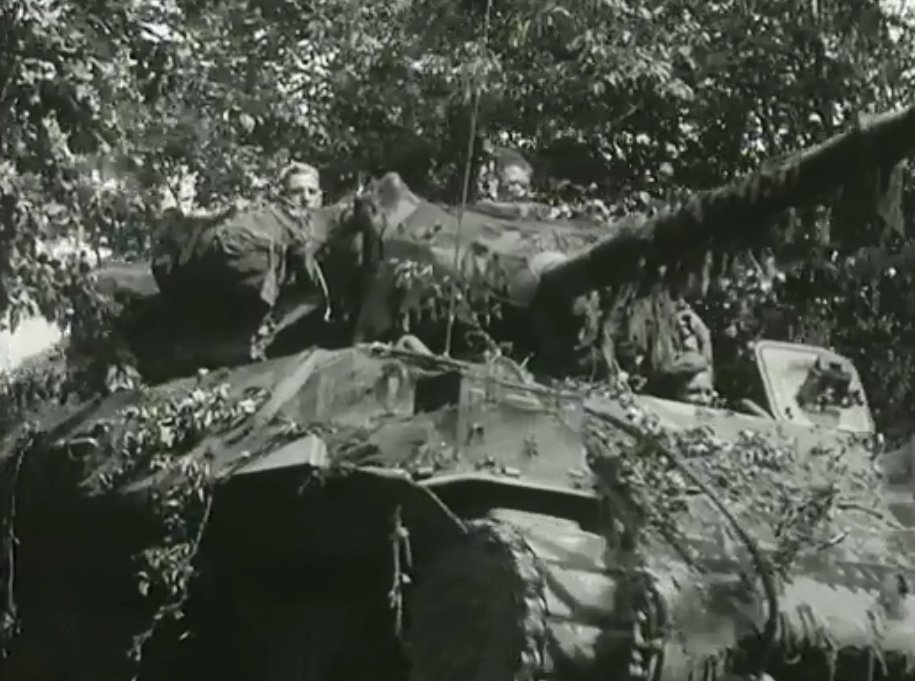
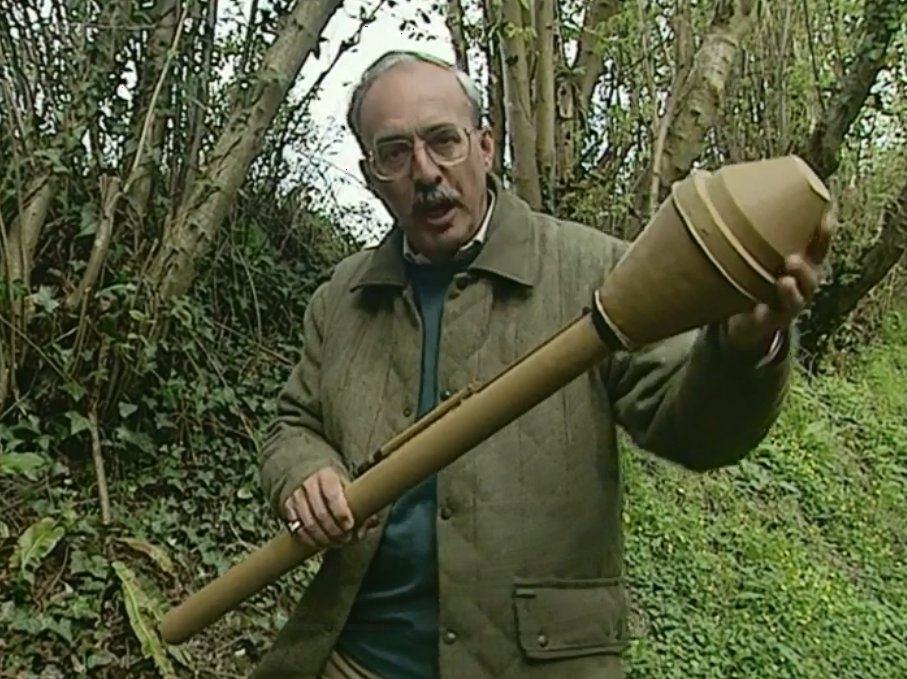
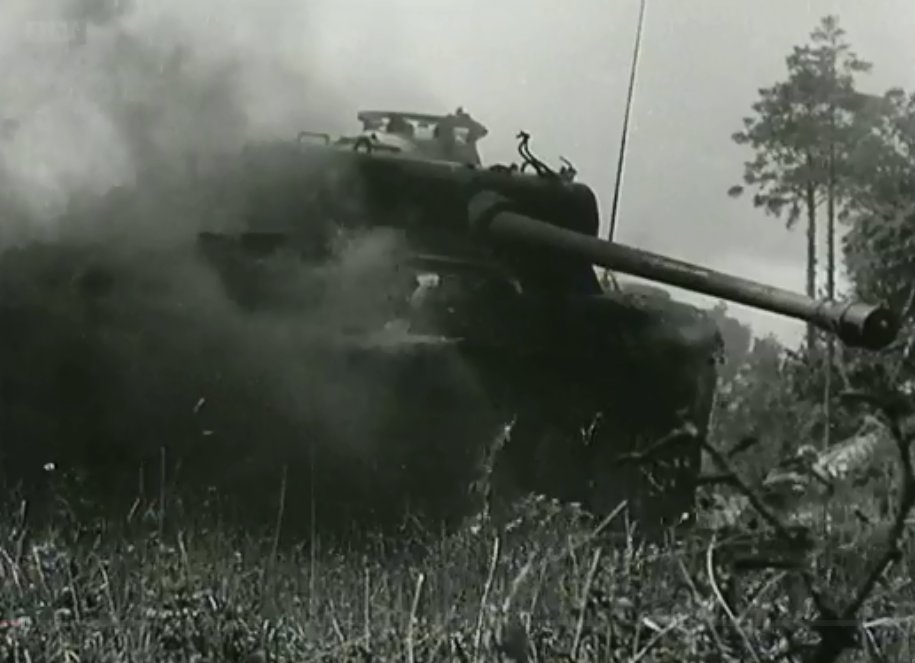
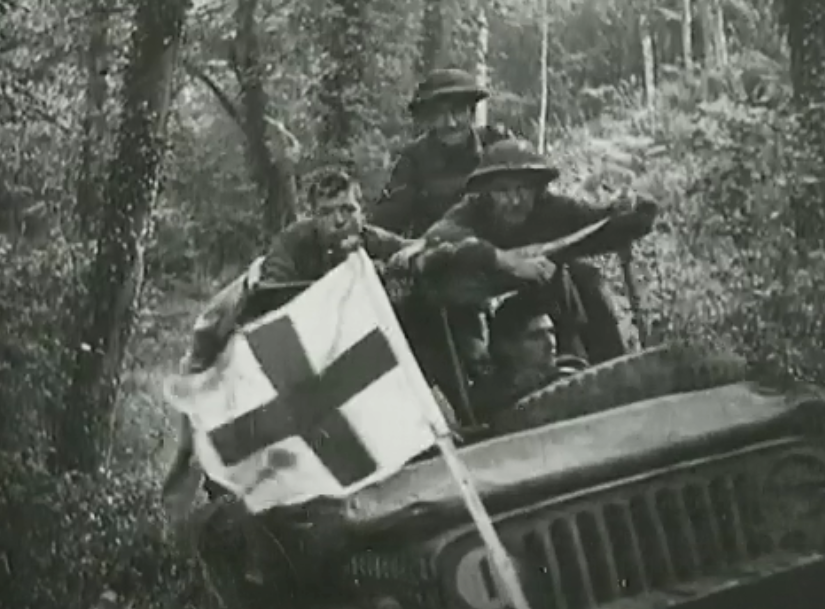

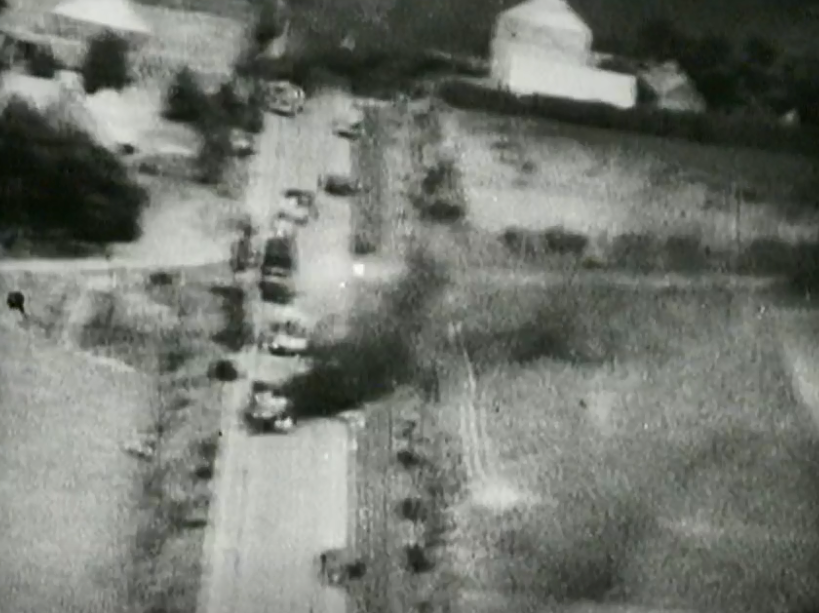

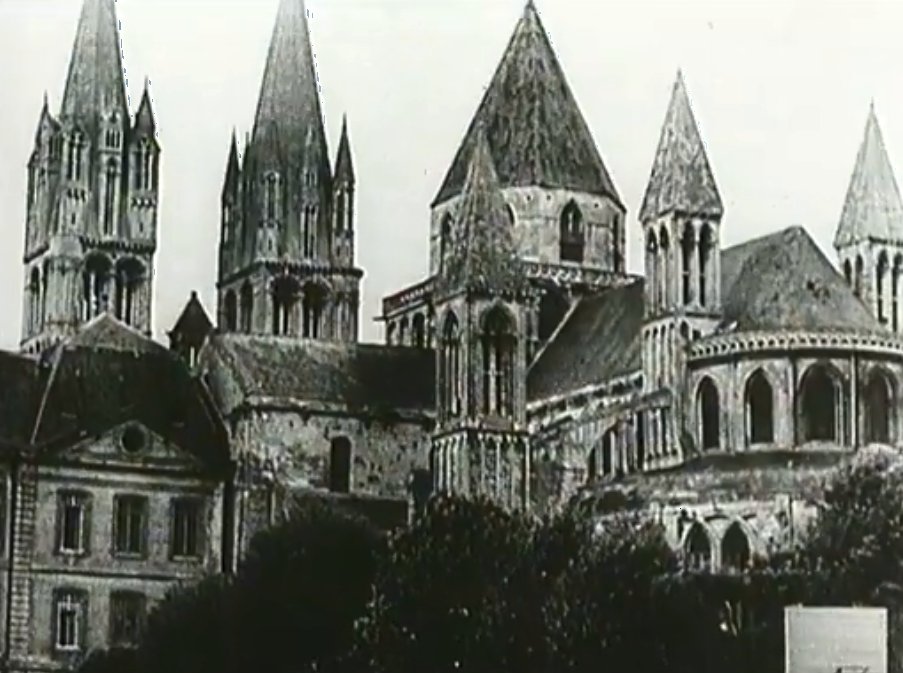
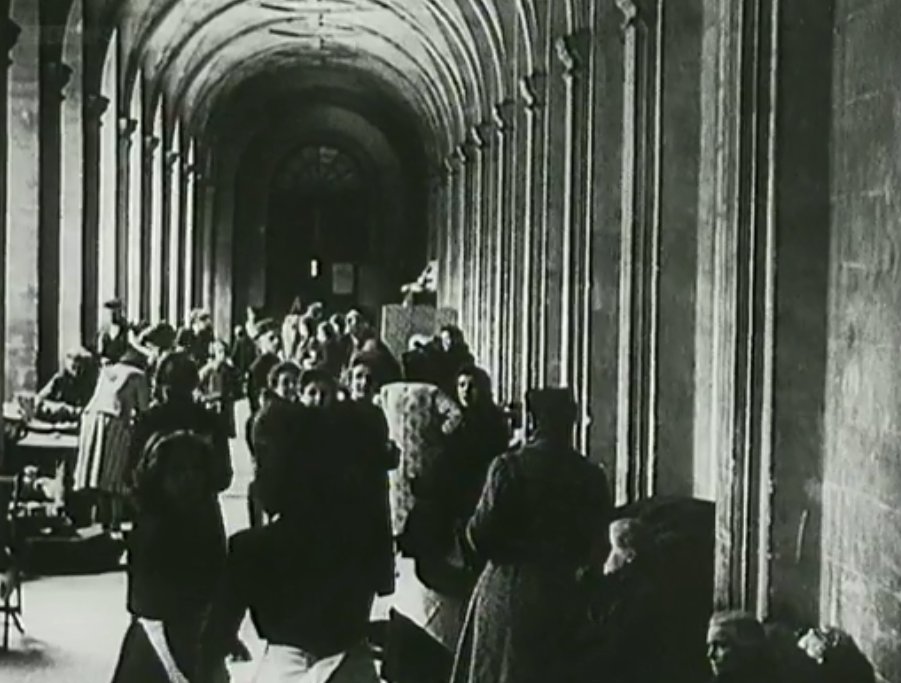
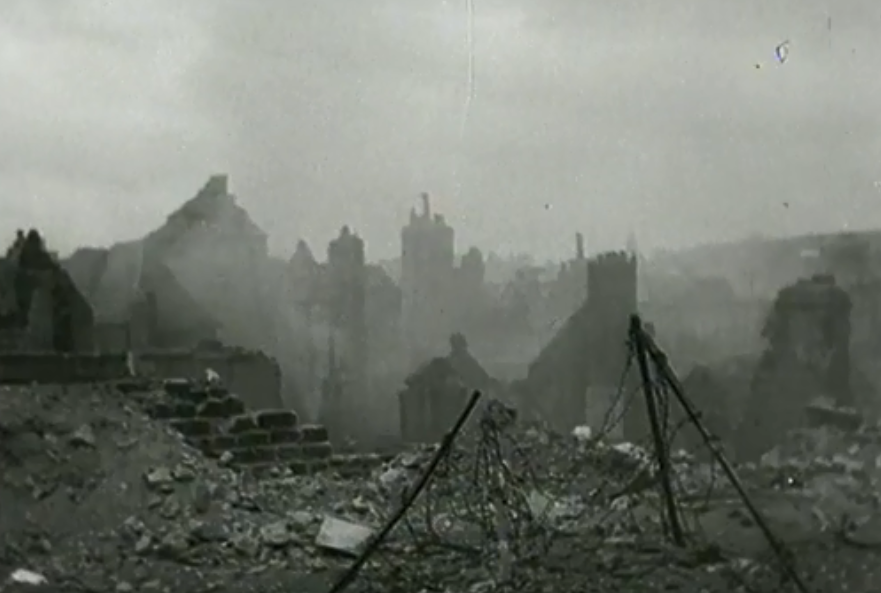

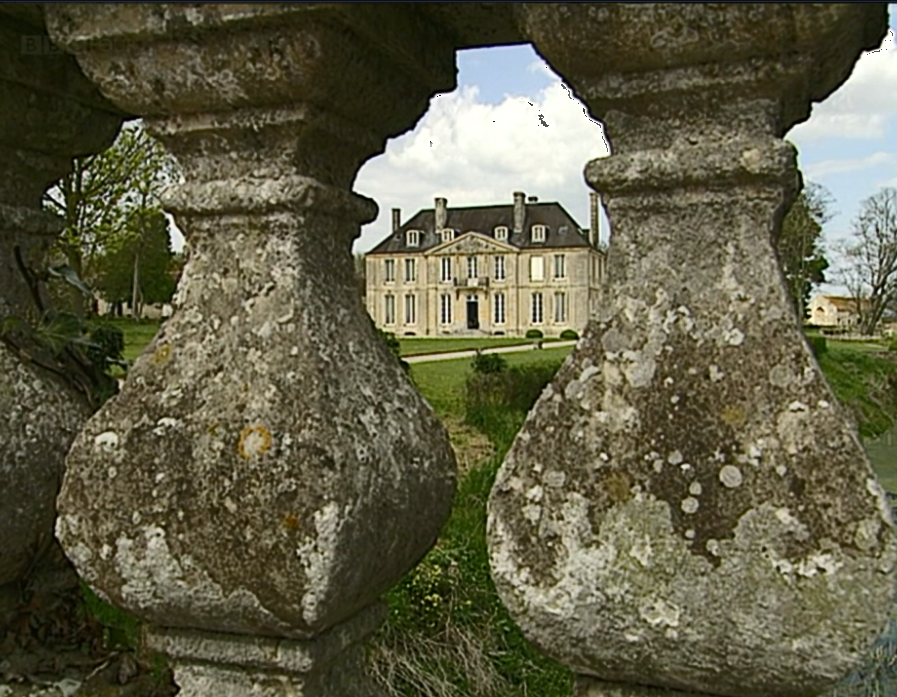
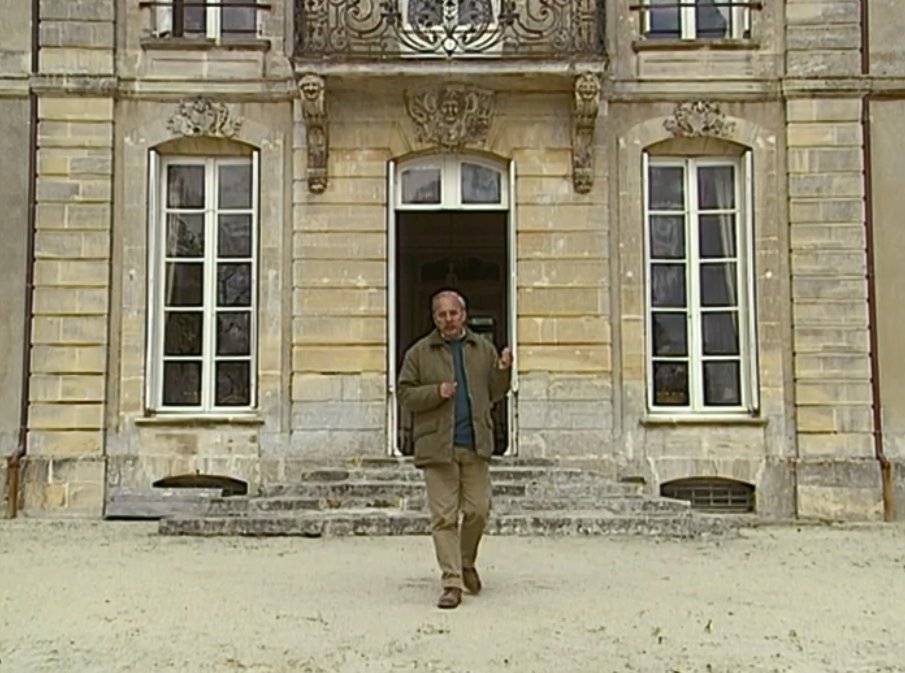
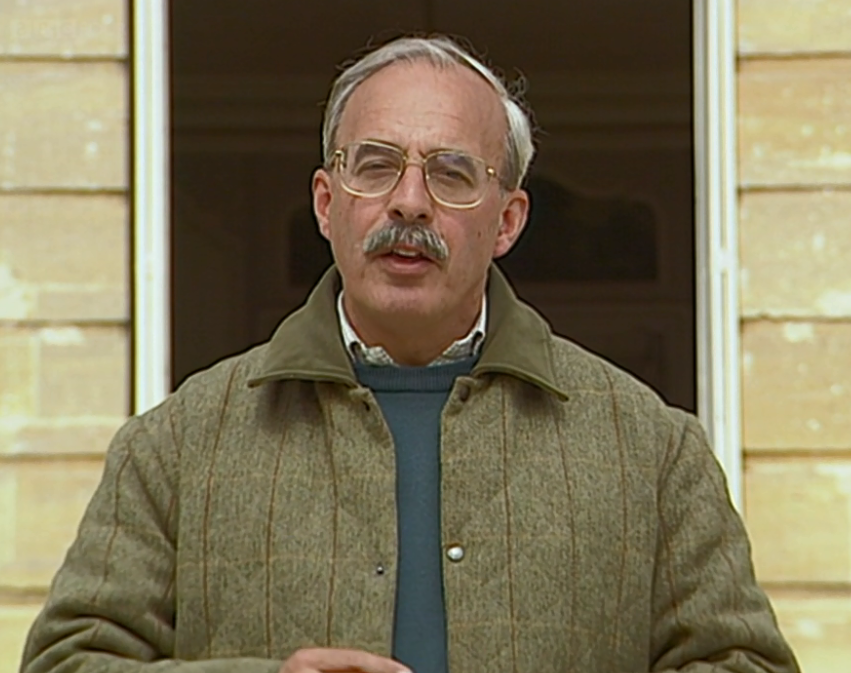

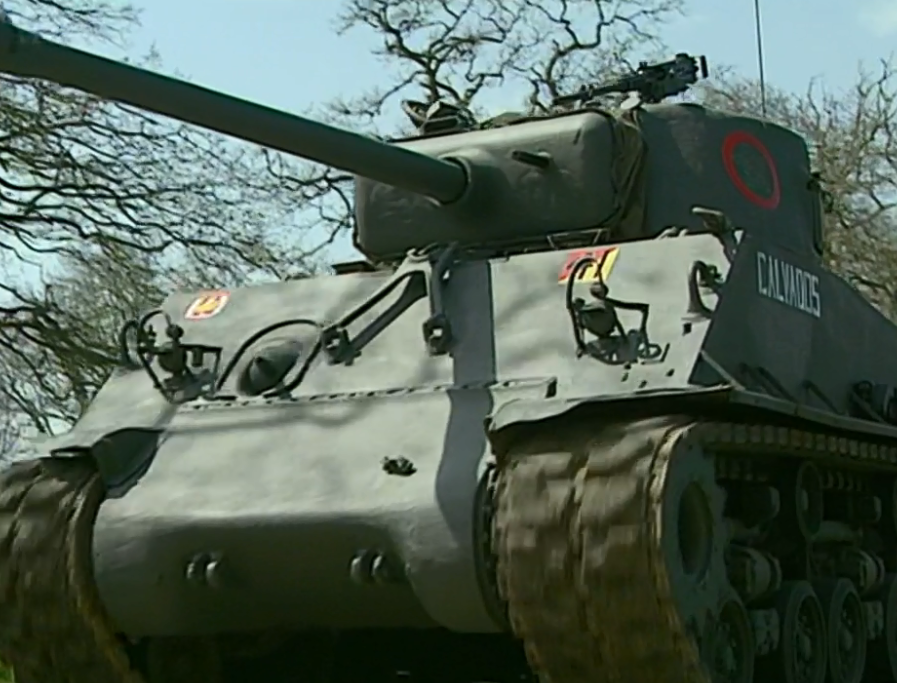

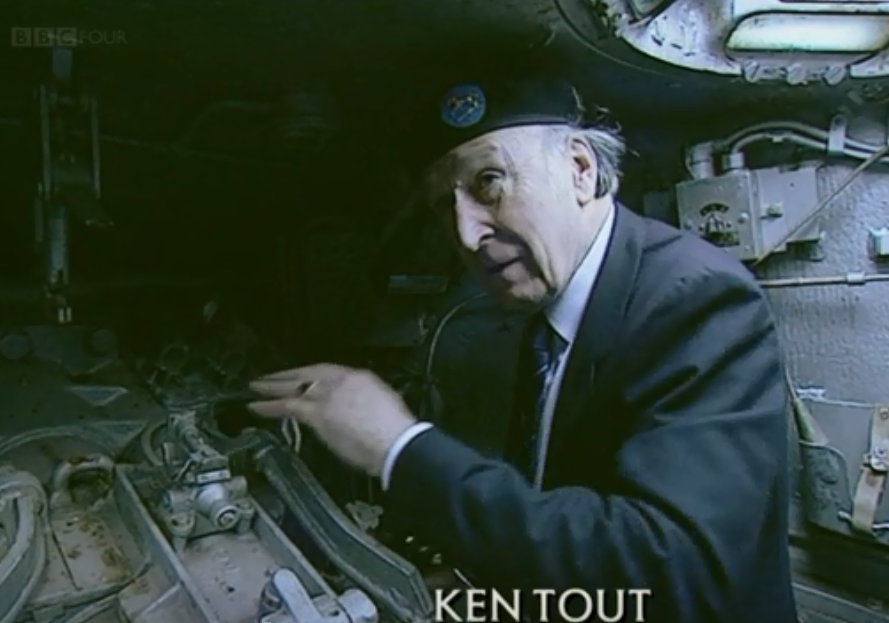
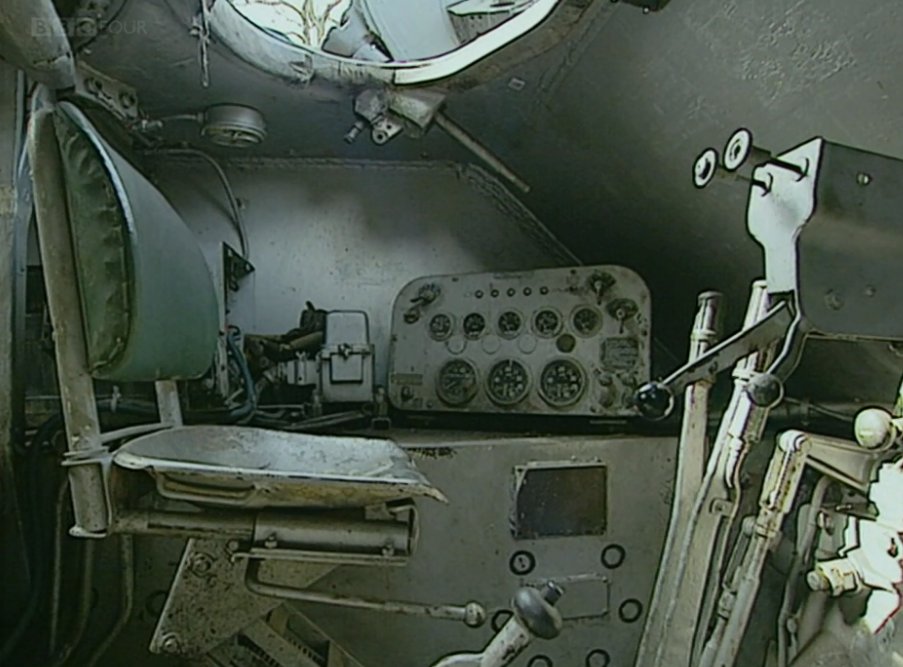
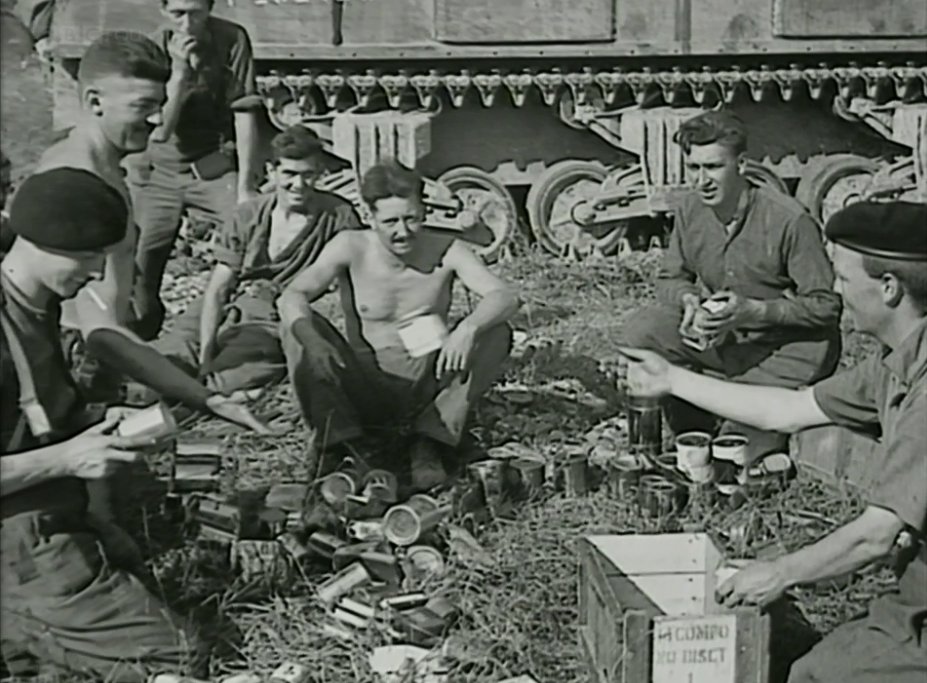
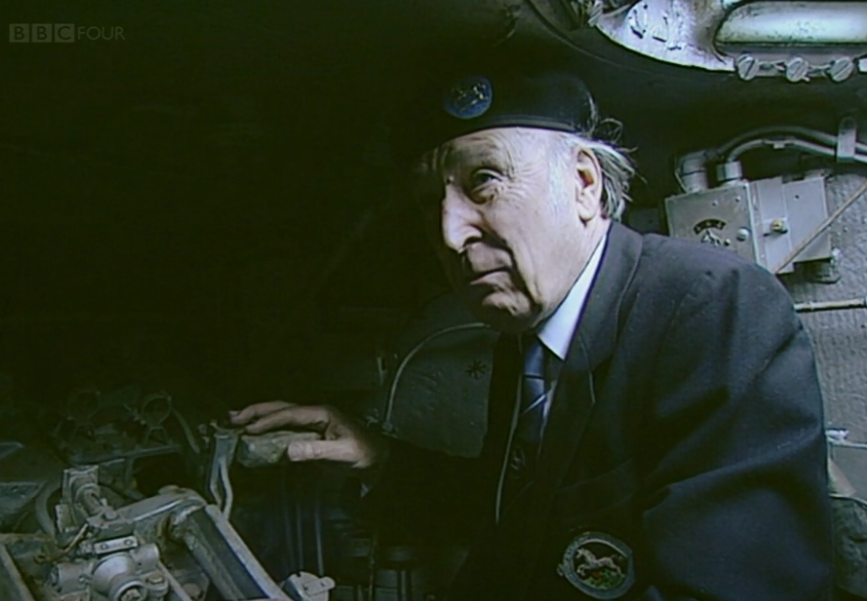

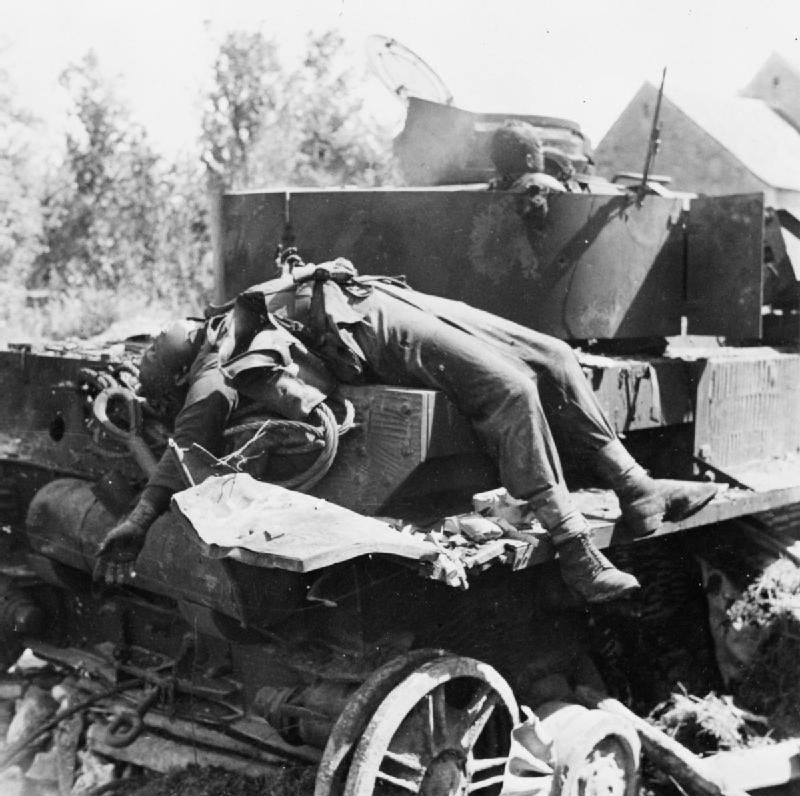

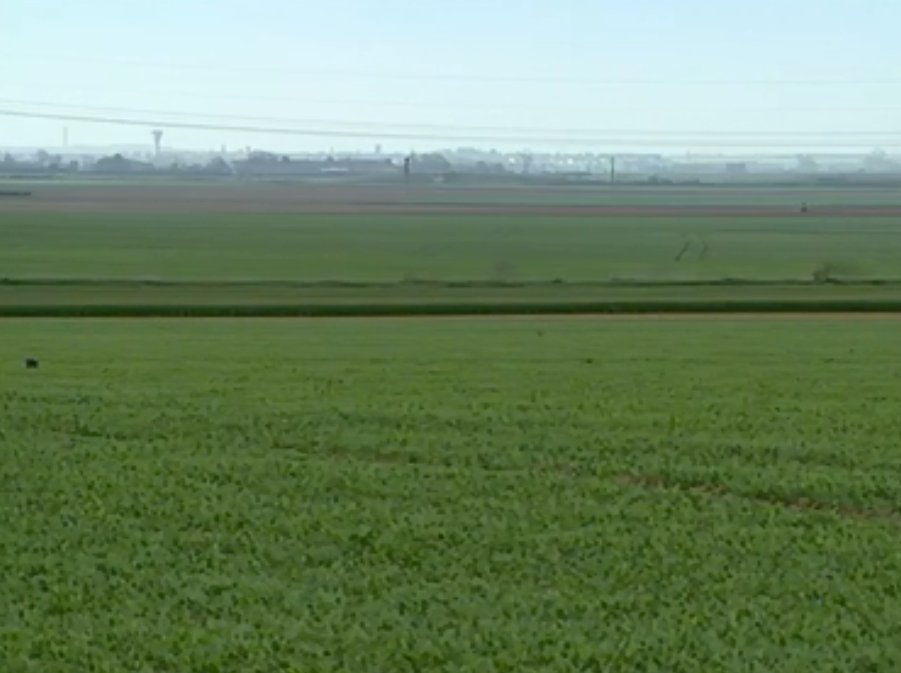
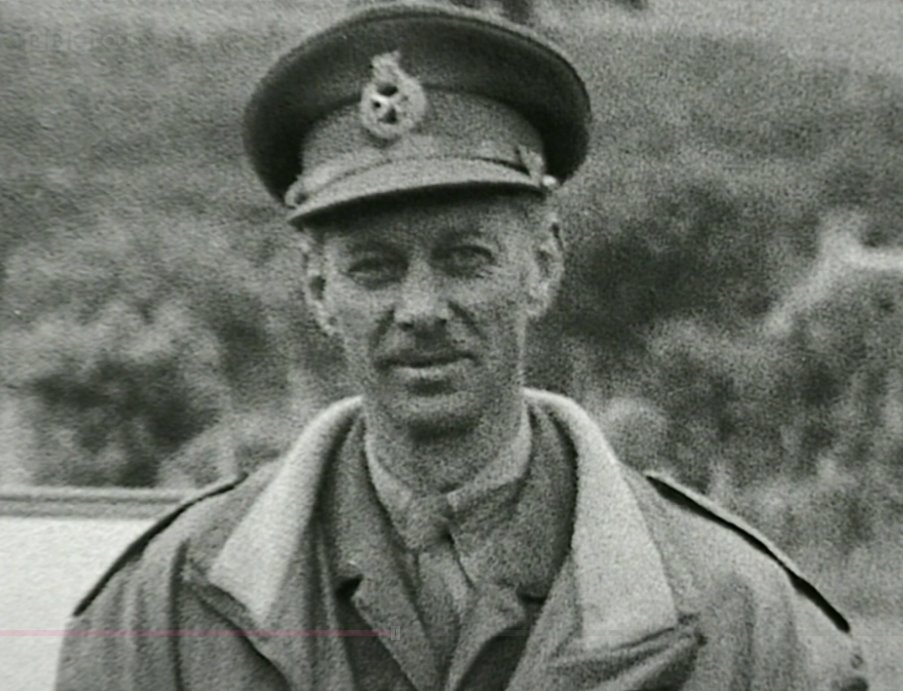
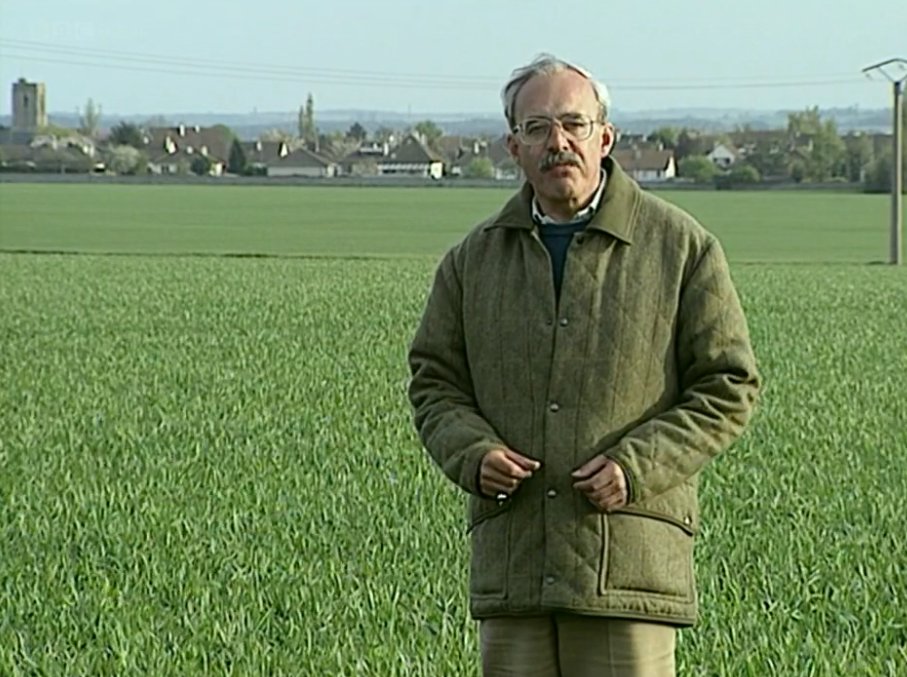
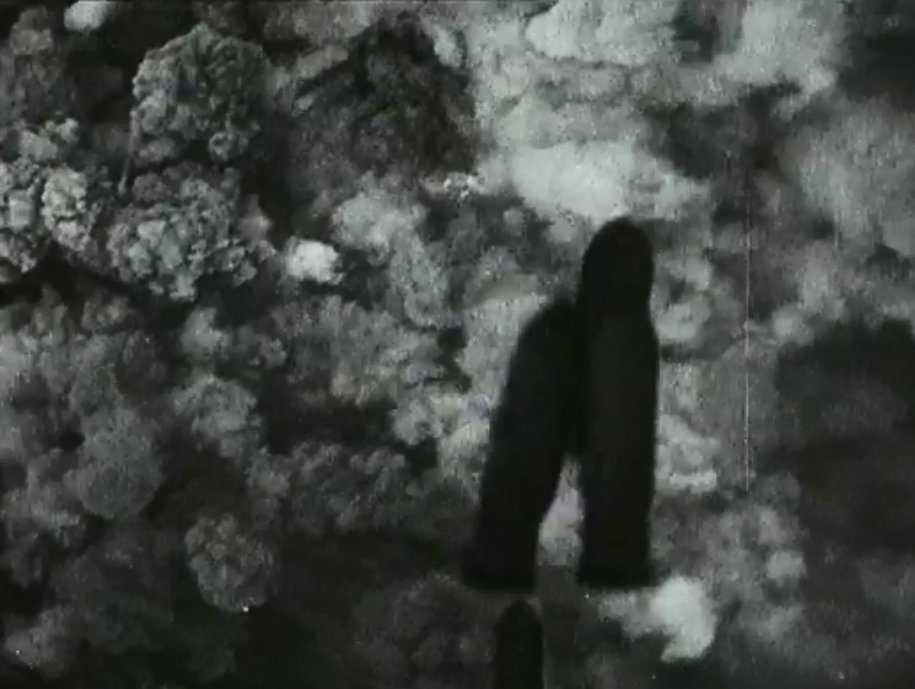
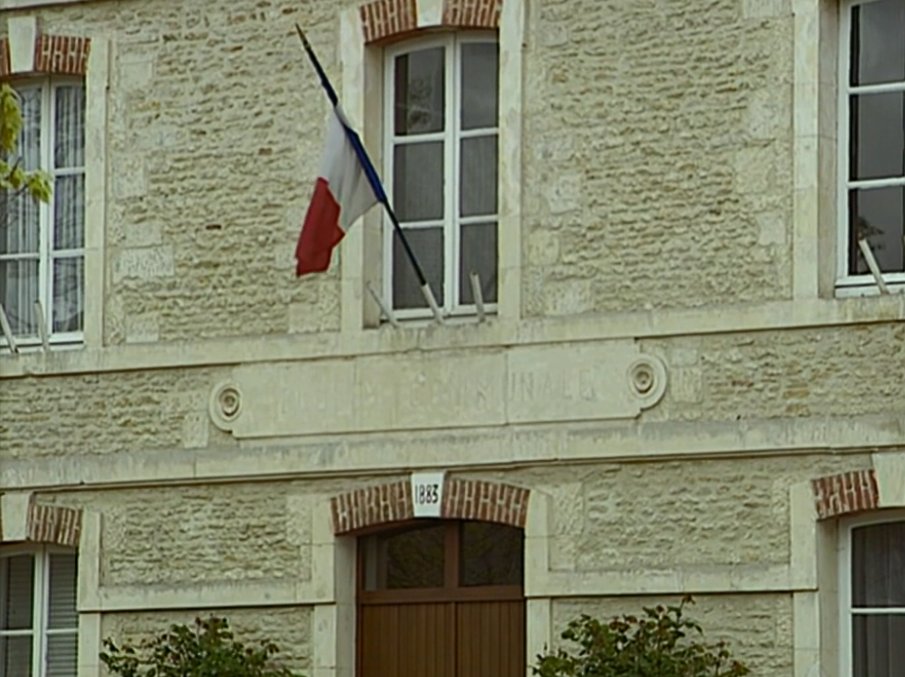

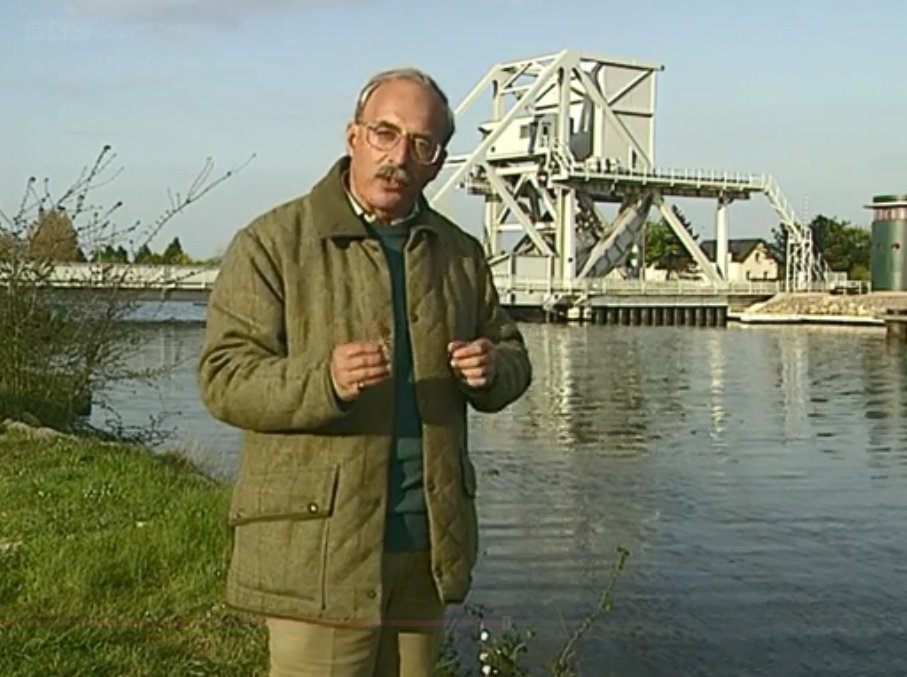
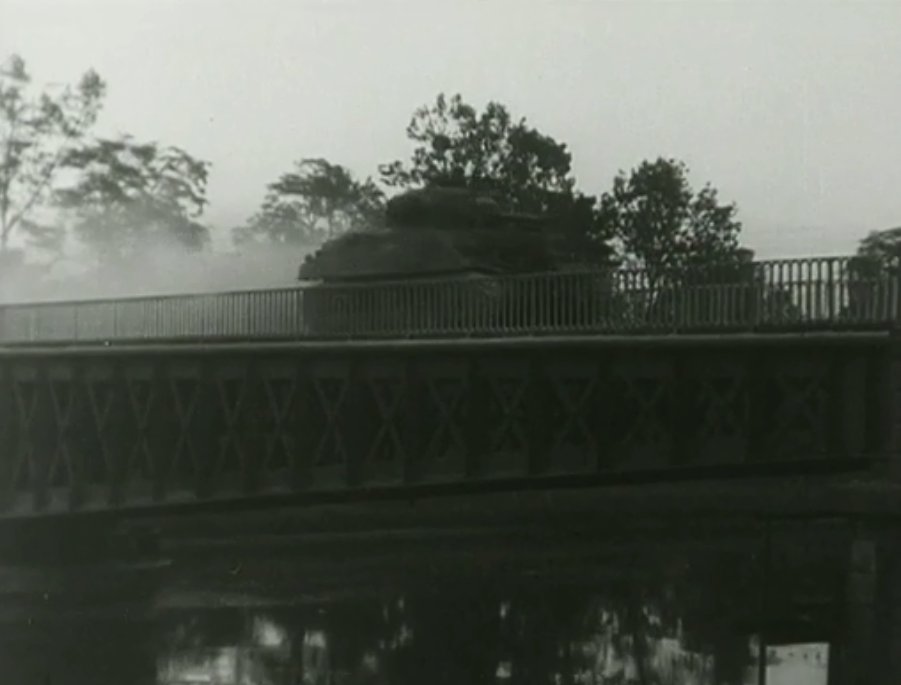
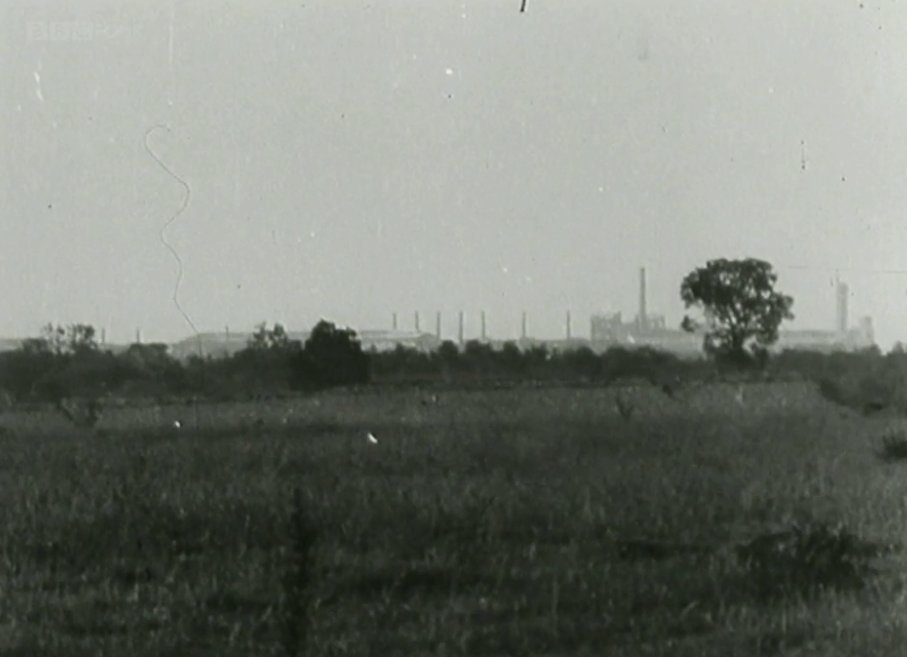
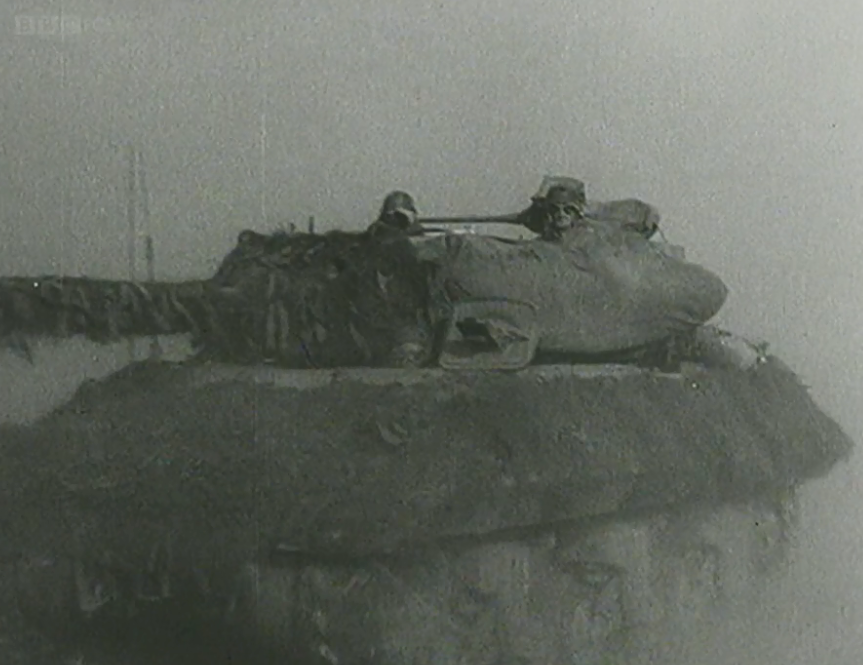
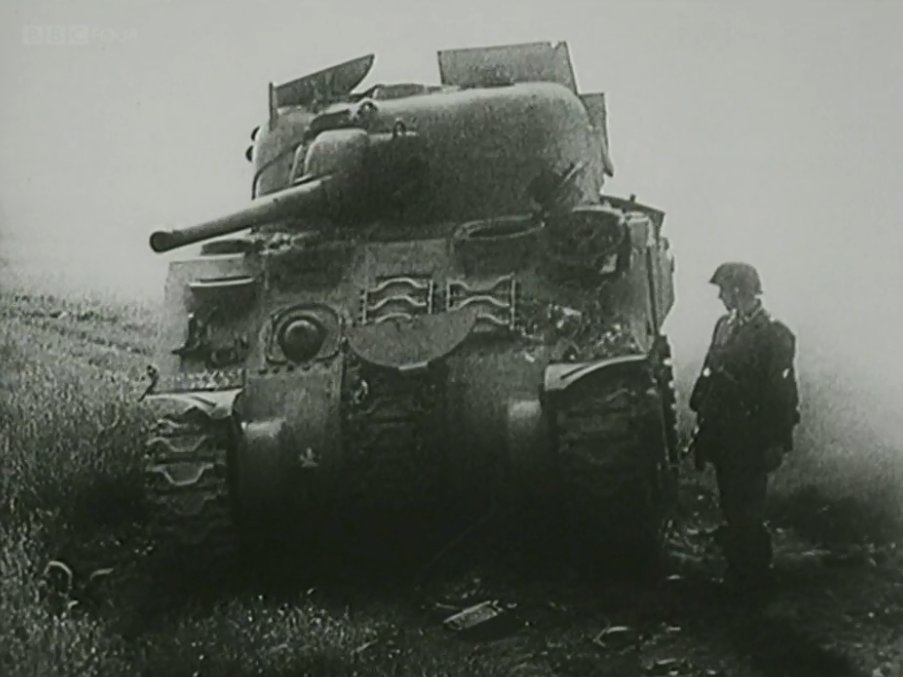

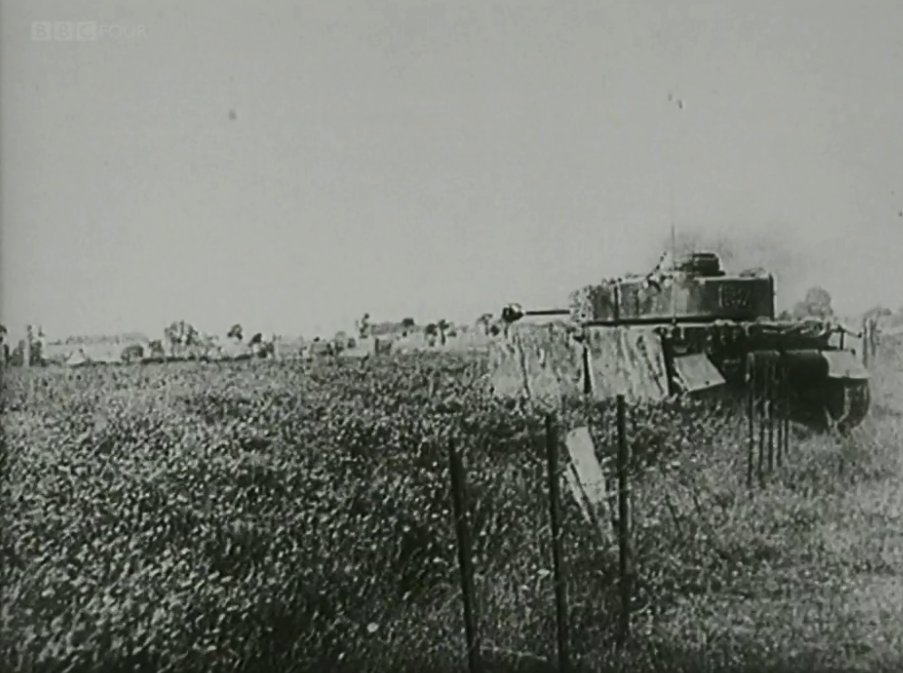
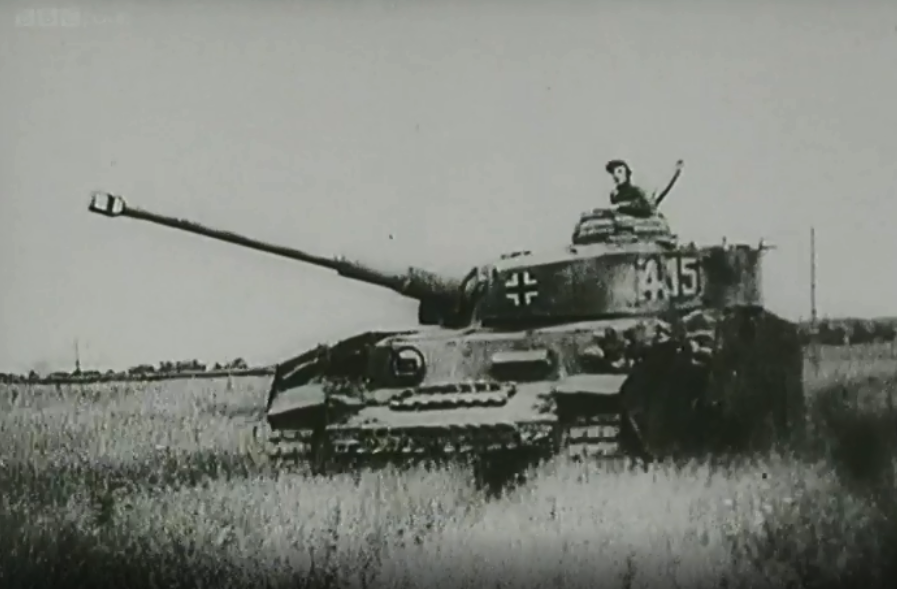
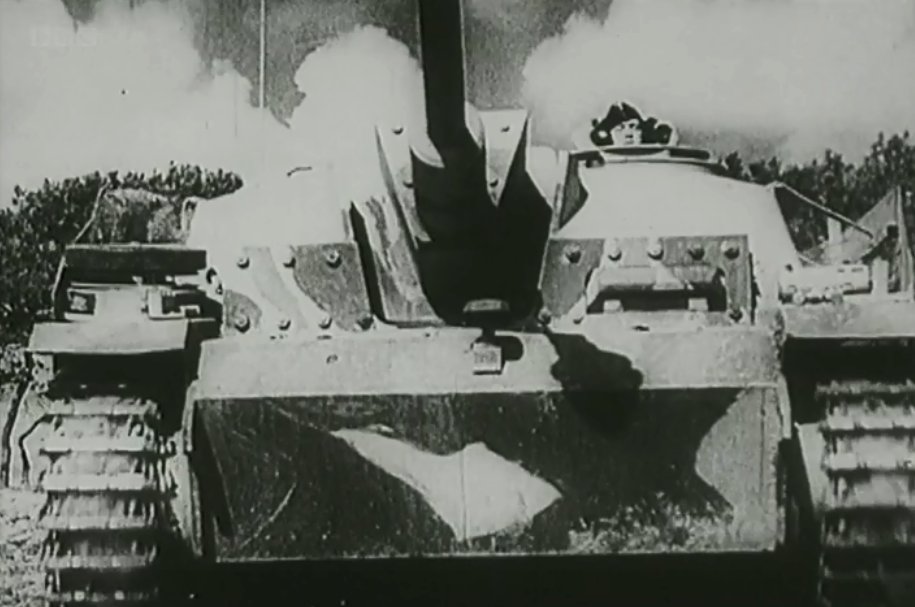


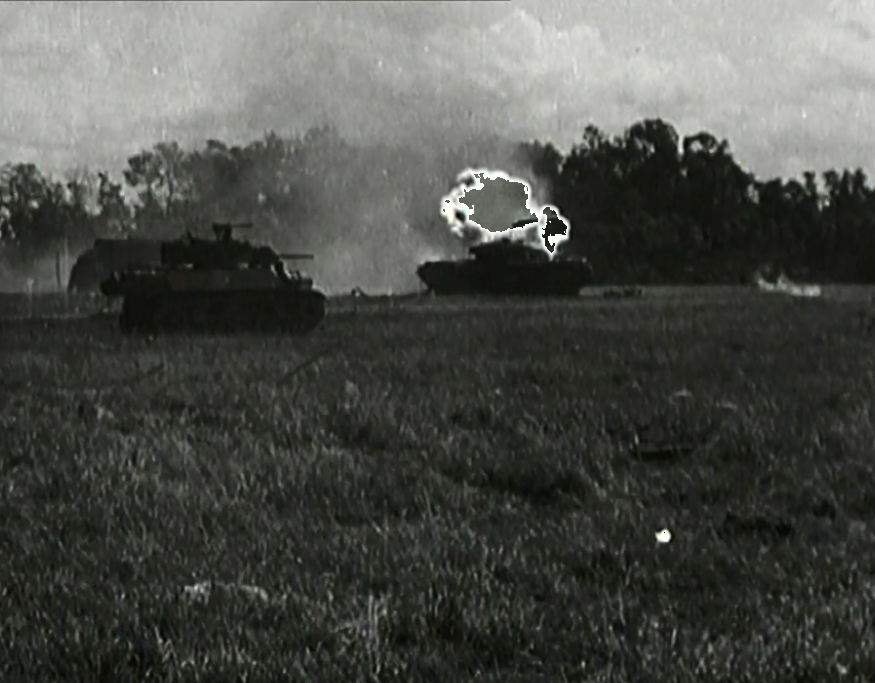
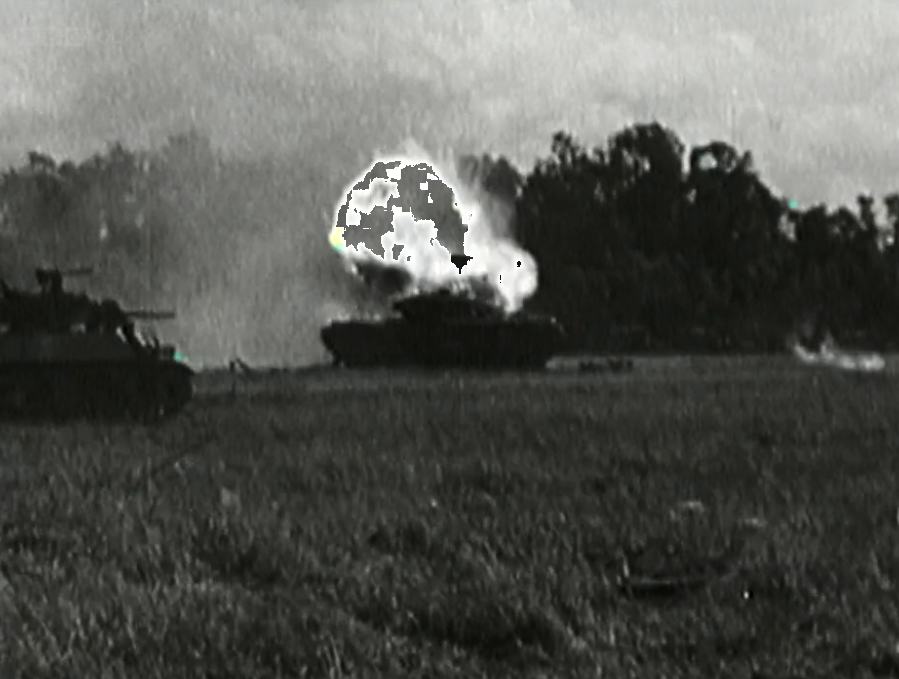



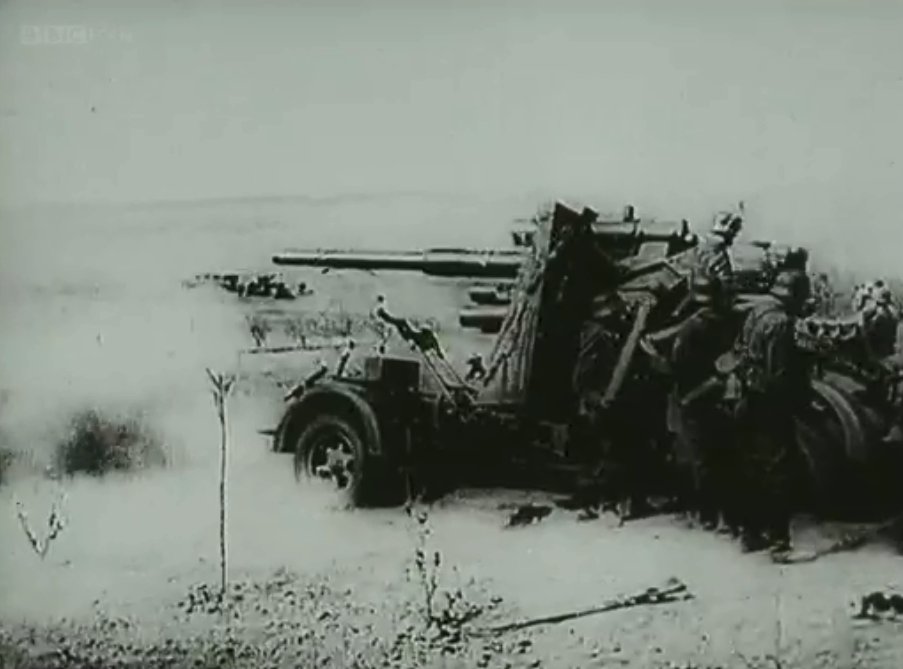
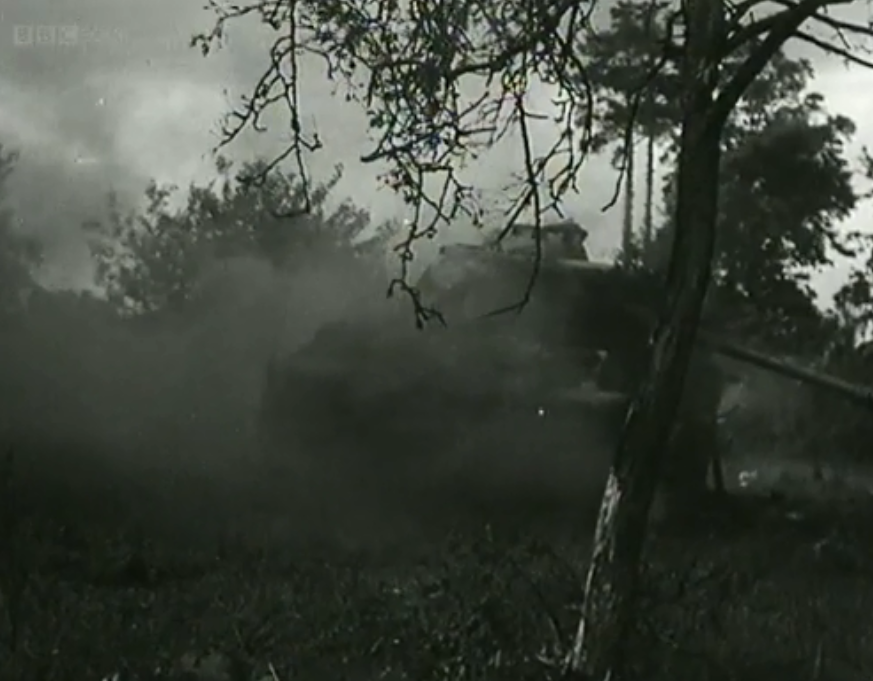

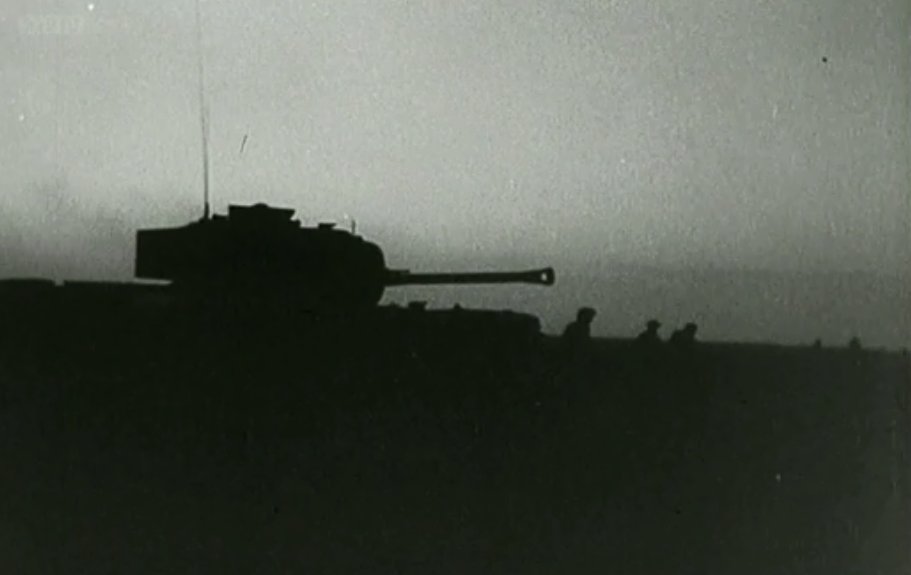
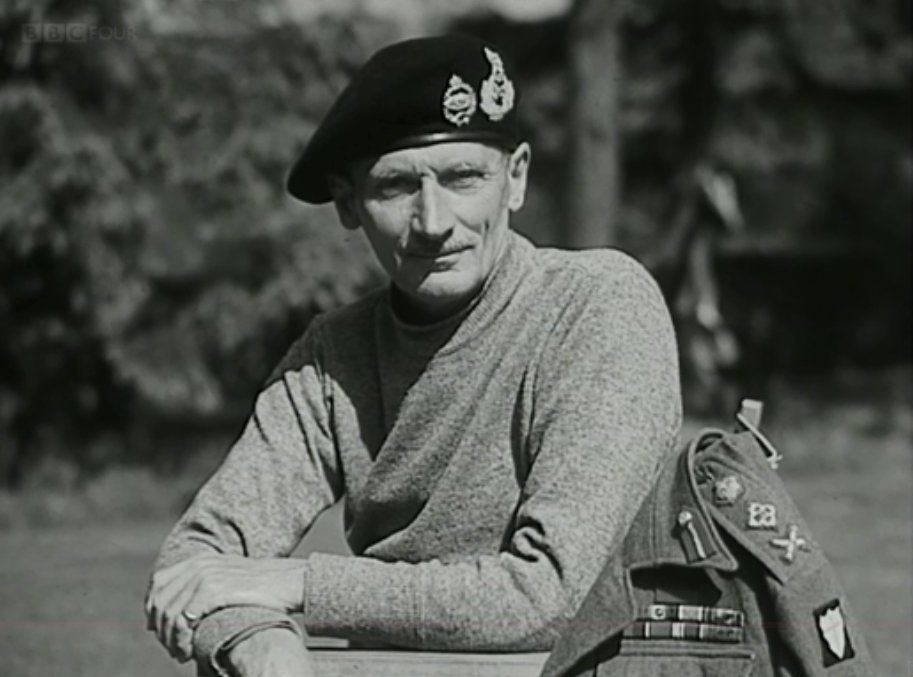
![Less than a week after Goodwood comes Cobra, then Falaise."By the end of August the struggle for Normandy was over... yet we may hope that it marks the end of a barbarous dynsaty of battles that had rules Western Europe for five centuries since [Azincourt]." /50 Less than a week after Goodwood comes Cobra, then Falaise."By the end of August the struggle for Normandy was over... yet we may hope that it marks the end of a barbarous dynsaty of battles that had rules Western Europe for five centuries since [Azincourt]." /50](https://pbs.twimg.com/media/Env9INWW4AAoNTc.jpg)


